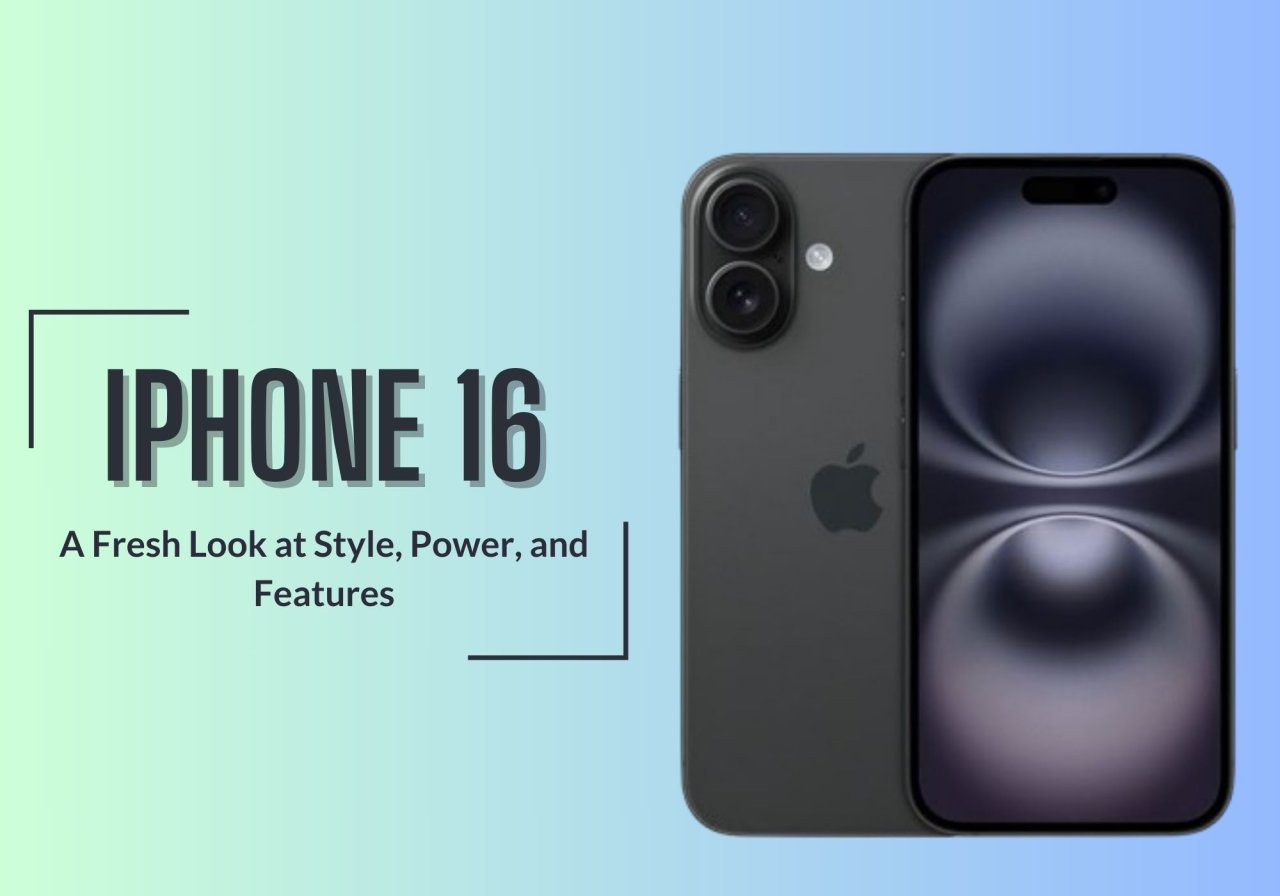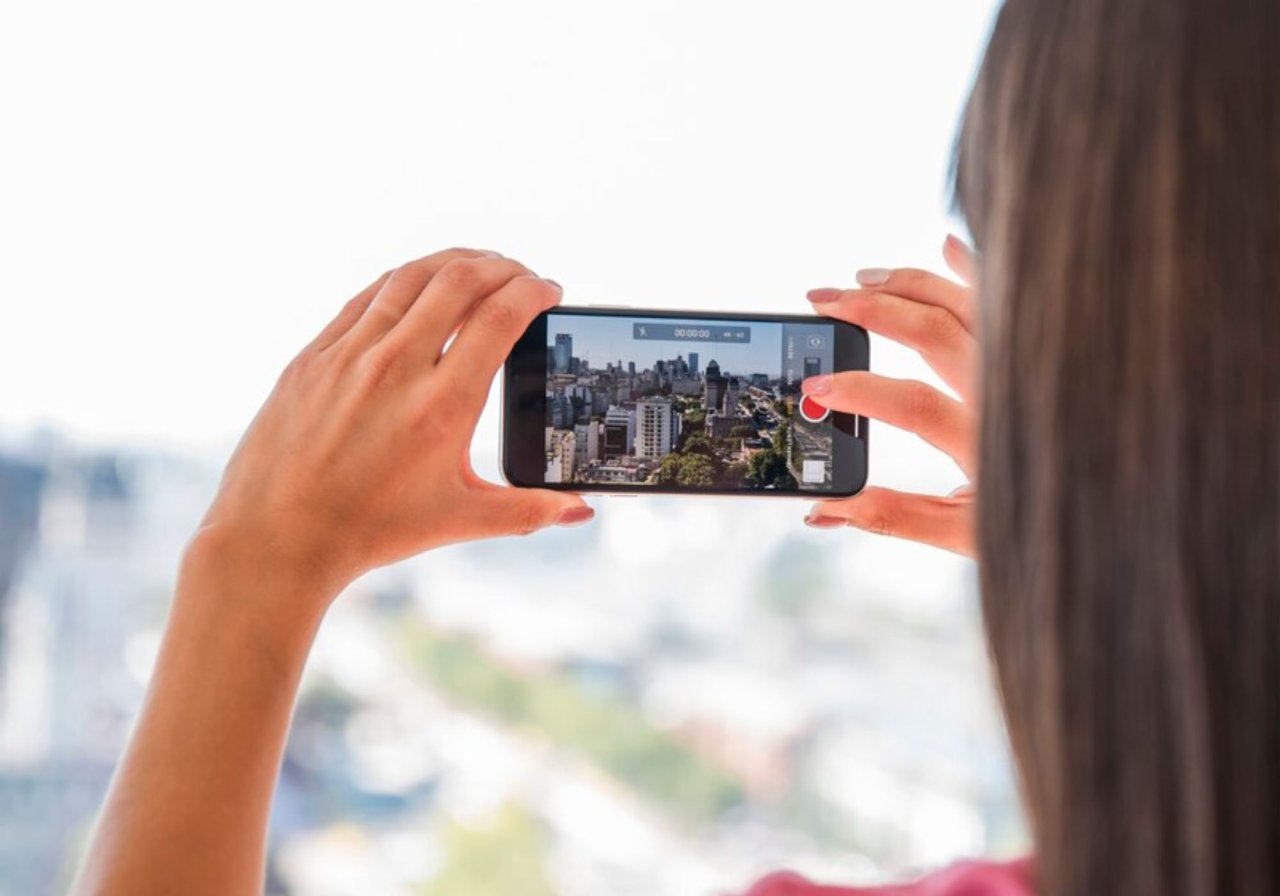Vivo Y400 Pro 5G Launches in India on June 20 - Price and...
Vivo Y400 Pro 5G launches in India on June 20 with powerful specs and an affordable price. Check out...
5 months ago
The iPhone, a line of smartphones from Apple running iOS, debuted on January 9, 2007, when Steve Jobs unveiled the first-generation model at Macworld. Launched later that year, it introduced multi-touch technology, a first for mobile phones. Apple has since released annual iPhone models and iOS updates, with the latest being the iPhone 16, 16 Plus, 16 Pro, 16 Pro Max, and the budget-friendly iPhone 16e. By January 1, 2024, over 2.3 billion iPhones had been sold, crowning Apple the top mobile phone vendor in 2023.
Over the years, iPhones evolved from the original’s single-button design to larger, sharper displays, video recording, waterproofing, and robust accessibility features. Models up to the iPhone 8 and 8 Plus featured a front button, with the iPhone 5s adding Touch ID. Starting with the iPhone X, Apple shifted to a near bezel-less display, replacing Touch ID with Face ID facial recognition and swapping the home button for gesture-based navigation. This evolution reflects Apple’s focus on innovation, blending cutting-edge tech with user-friendly design, solidifying the iPhone’s status as a cultural and technological icon.
The iPhone 16, launched by Apple in September 2024, brings refined upgrades to the iconic smartphone line. Featuring the A18 chip, it’s built for Apple Intelligence, enhancing performance and efficiency. Its 6.1-inch Super Retina XDR display pairs with a tougher Ceramic Shield, while the vertical dual-camera system boasts a 48MP Fusion lens and 12MP ultra-wide lens for stunning photos and spatial video. New additions include the Action Button and Camera Control for intuitive use. Available in vibrant colors like Ultramarine and Teal, it starts at $799, blending cutting-edge tech with sleek design for everyday brilliance.
The iPhone 16 showcases Apple’s signature premium craftsmanship, blending durability with elegance. Encased in a dual-glass design, it features a Ceramic Shield front—touted as twice as tough as any rival smartphone glass—paired with a matte-finish Corning glass back and an aluminum frame. Weighing 170g and measuring 147.6 x 71.6 x 7.8mm, it mirrors the iPhone 15’s compact form, making it a breeze to handle single-handedly. Its IP68 rating exceeds standards, surviving 6m underwater for 30 minutes, reinforcing its status as one of the toughest non-rugged phones.
Design-wise, the iPhone 16 refines rather than reinvents. The standout tweak is its subtler, pill-shaped camera housing, carved seamlessly into the rear glass for a sleeker, symmetrical look. Available in fresh hues like Black, White, Pink, Teal, and Ultramarine, its matte finish resists smudges without being overly slippery. The minimal-bezel display hosts the Dynamic Island—a pill-shaped cutout merging dual punch holes for the selfie camera and Face ID—while a robust stereo speaker doubles as the earpiece.
New controls elevate usability: the Action Button sits on the left, and the innovative Camera Control key on the right offers multi-function touch and press options, redefining camera interaction. Though occasionally finicky if touch-sensitive, it shines once mastered. With no fingerprint reader, Face ID remains swift and dependable. Sturdy, stylish, and waterproof, the iPhone 16’s build is another Apple triumph.
The iPhone 16 sports a 6.1-inch Super Retina XDR OLED display, unchanged in size from the iPhone 15, delivering crisp visuals at a resolution of 2556 x 1179 pixels (460ppi)—Apple’s updated benchmark for Retina quality. This vibrant screen supports HDR10 and Dolby Vision, ensuring rich, dynamic colors for video playback, which Apple handles adeptly by applying HDR selectively to video content, even when not fullscreen. However, its standard 60Hz refresh rate lacks the fluidity of higher-end LTPO panels found in Pro models, and there’s no always-on display feature.

Encased in second-generation Ceramic Shield, the display is both durable and clear, featuring a pill-shaped Dynamic Island cutout that integrates the front camera and sensors seamlessly. Brightness is a strong suit, with Apple promising up to 1,000 nits maximum and 2,000 nits peak. Our tests confirm solid performance: 857 nits in manual mode and 1,708 nits in auto-brightness—on par with the iPhone 15. At its dimmest, it drops to an impressive 1 nit, ideal for low-light use.
Additional perks include True Tone, which adjusts color temperature to ambient light for a natural viewing experience. While it doesn’t push boundaries with refresh rates or new tech, the iPhone 16’s display excels in clarity, brightness, and resilience, maintaining Apple’s high standards for everyday use and media consumption, even if it doesn’t match the Pro lineup’s advanced capabilities.
The iPhone 16 and 16 Plus usher in a significant performance leap with the Apple A18 chipset, a second-generation 3nm processor that outpaces the A16 in the iPhone 15 by two generations. Boasting a six-core CPU—two performance cores at 4.04GHz and four efficiency cores at 2.2GHz—paired with a 5-core GPU, the A18 delivers a 30% CPU speed boost and 40% GPU improvement over the iPhone 15, while slashing power use by 30% and 35%, respectively. With 8GB of RAM and 128GB of swift NVMe storage, it’s primed for demanding tasks. Benchmarks reflect this, with the A18 scoring 20% higher in CPU tests and 30–60% better in GPU performance than its predecessor.
Running iOS 18 out of the box, the iPhone 16 offers deep personalization options, though the redesign feels subtle in daily use. Apple guarantees five years of updates, ensuring longevity. The A18’s enhanced memory bandwidth (up 17%) and hardware-accelerated ray tracing unlock compatibility with titles like Resident Evil 7: Biohazard and Assassin’s Creed: Mirage, previously exclusive to Pro models. Thermals are refined too, with a recycled aluminum substrate boosting sustained performance by 30%.
Connectivity shines with tri-band Wi-Fi 7 (including 6GHz support), Bluetooth 5.3, and a second-gen Ultrawideband chip for precise Find My tracking—though UWB is region-locked. Satellite options like Emergency SOS and Roadside Assistance (subscription-based) add utility in remote areas. The USB-C port, limited to USB 2.0 speeds (480 Mbps), supports 4K video output via DisplayPort, though it mirrors the UI without advanced modes. The A18 cements the iPhone 16 as a powerhouse, blending efficiency, gaming prowess, and future-ready performance.
The iPhone 16 houses a 3,561 mAh battery, a modest upgrade from the iPhone 15’s 3,500 mAh. While the increase is slight, it contributes to an impressive Active Use Score for its size, maintaining Apple’s reputation for efficient battery management. Users can expect reliable all-day performance without disappointment.
Charging capabilities blend familiarity with subtle enhancements. Apple touts a 50% charge in 30 minutes using a 20W wired charger, though it keeps peak power undisclosed. Testing debunked rumors of 45W support, revealing a cap at around 30W. With a 45W PD charger, we recorded 33% in 15 minutes, 59% in 30 minutes, and 85% in an hour—solid, if not groundbreaking, results. However, true to Apple’s conservative approach, the final 15% crawls, taking 42 minutes even with Optimized Battery Charging disabled, for a full charge in 1 hour and 42 minutes.
Wireless charging sees a boost, with the new MagSafe charger hitting 25W when paired with a 30W+ adapter—up from previous limits. Using a compatible Qi2 charger, it peaks at 15W, offering flexibility for cable-free convenience. While not a revolutionary leap, the iPhone 16’s battery life and charging strike a dependable balance: a slightly larger cell, optimized efficiency, and faster wireless options ensure it keeps pace with daily demands, even if wired speeds don’t push the envelope as some hoped. It’s classic Apple—steady, reliable, and incrementally improved.
The iPhone 16’s camera system largely mirrors the iPhone 15’s, retaining a formidable 48MP main sensor (1/1.56", 1.0µm) with an f/1.6 lens and sensor-shift OIS for sharp, stable shots. Video records at 4K@30fps, delivering crisp detail. The 12MP front camera (f/1.9, PDAF) carries over unchanged, proving its worth with reliable selfies and 4K video. The real standout is the upgraded 12MP ultrawide camera, now sporting a brighter f/2.2 lens and phase-detection autofocus (PDAF). This enables macro photography, capturing intricate close-ups alongside its 120-degree, 13mm field of view—also 4K-capable.

A game-changer is the new Camera Control button, blending physical click with force and capacitive sensors for versatile operation. A single press launches a distraction-free Clean Preview (toggleable in settings), while a second snaps a photo; press-and-hold records video. Within the app, a double light press reveals a swipeable menu—Exposure, Depth, Zoom, Styles, Tone—adjustable via the button’s touch surface. Customizable press sensitivity and third-party app support add flexibility.
Photographic Styles evolve with “Tone,” offering nuanced HDR control. Two style sets, Mood (fixed Tone, Color, Palette) and Undertones (Palette-focused), let users tweak contrast, saturation, and color filters. While the main and selfie cameras tread familiar ground, the ultrawide’s enhancements and innovative Camera Control elevate the iPhone 16’s photography, blending hardware prowess with intuitive, creative tools.
The iPhone 16 offers a robust suite of connectivity options tailored to regional availability. In select markets, it introduces satellite connectivity for emergency pings beyond cellular range and Roadside Assistance (subscription required), though Emergency SOS and Find My via satellite face some geographic restrictions. For wireless prowess, it pioneers tri-band Wi-Fi 7 among non-Pro iPhones, including the speedy 6GHz band, alongside Bluetooth 5.3 with Low Energy support. NFC enables seamless Apple Pay transactions and Name Drop contact sharing, keeping local interactions smooth.
A second-generation Ultrawideband (UWB) chip enhances precision, tripling the range of the original U1 chip. This powers accurate Find My tracking with directional arrows, even in crowds via Find My Friends—though regulatory constraints disable UWB in certain countries. The USB-C port, standard across the iPhone 16 and 16 Plus, operates at USB 2.0 speeds (480 Mbps), lagging behind the faster USB options on Pro models. Still, it supports DisplayPort video output up to 4K through Type-C Alt mode, allowing screen mirroring via compatible hubs. Don’t expect advanced features like desktop mode—it’s a straightforward UI reflection.
From satellite lifelines to cutting-edge Wi-Fi and precise location tech, the iPhone 16 balances innovation with practicality. While USB speeds remain modest and some features are region-locked, its connectivity suite ensures reliable performance for communication, sharing, and media output, cementing its place as a versatile daily driver.
Elevate your iPhone 16 with Sirphire’s stylish mobile back cover, blending sleek design with robust protection. Crafted from premium materials, these covers offer a snug fit, scratch resistance, and a chic matte finish. Available in vibrant colors, Sirphire ensures your device stays safe and stunningly unique.
The iPhone 16 impresses with a subtle yet striking redesign, particularly its refined camera island, complemented by exceptional build quality—water-resistant up to 6m and featuring industry-leading Ceramic Shield glass. Its bright 6.1-inch OLED screen shines with HDR10 and Dolby Vision, while solid battery life (3,561 mAh) and superb loudspeaker quality enhance daily use. Powered by the A18 chip, it delivers top-tier performance, and its cameras—48MP main, upgraded ultrawide with autofocus, and 12MP selfie—excel in photo and video quality, boosted by the innovative Camera Control. Five years of iOS updates ensure longevity. However, it’s pricier than Android rivals, sticks to a 60Hz display without Always On, and has thicker bezels than Pro models. Charging isn’t lightning-fast (30W max), no charger is included, and iOS restrictions, region-limited Apple Intelligence, and the lack of a telephoto lens may deter some. Still, it’s a premium, reliable choice.
Vivo Y400 Pro 5G launches in India on June 20 with powerful specs and an affordable price. Check out...
5 months agoGet the latest news on the iPhone 17 release date, rumored features, and design changes. Learn everything...
10 months agoCelebrate Diwali 2025 with our complete guide to the 5 festive days, Diwali Muhurat timings, and holiday...
20 days ago